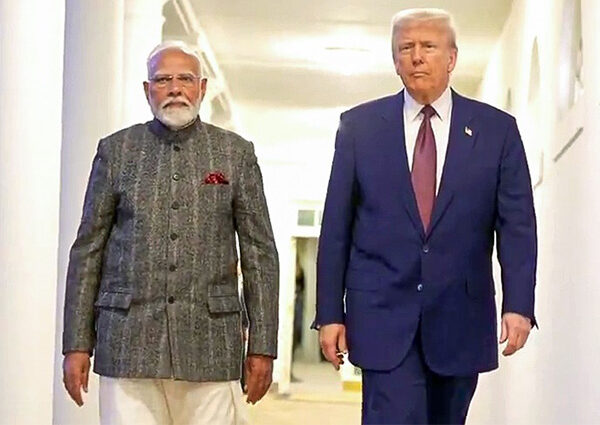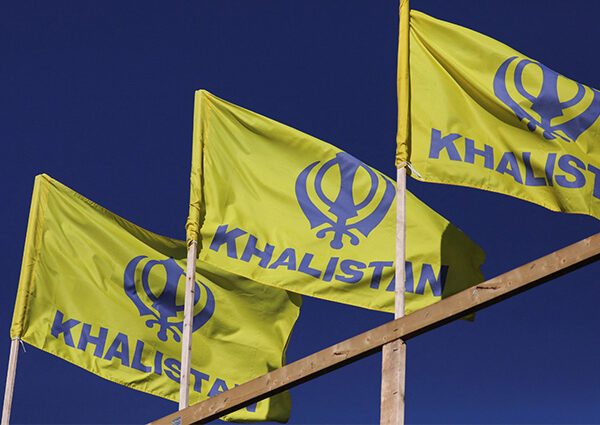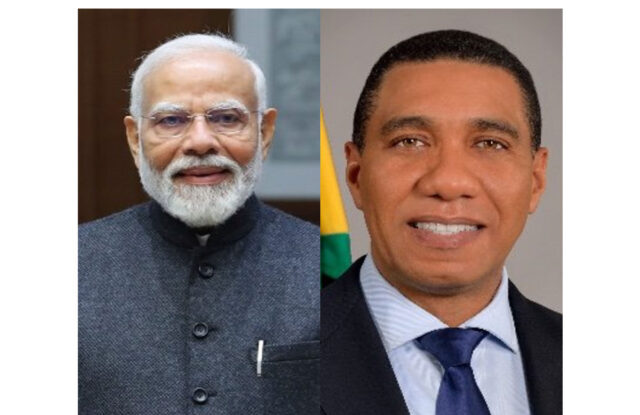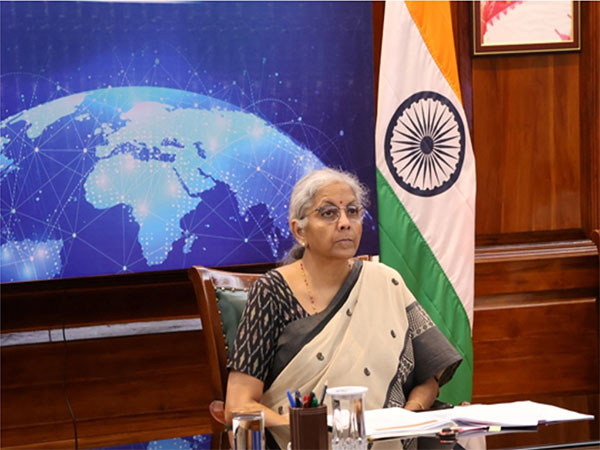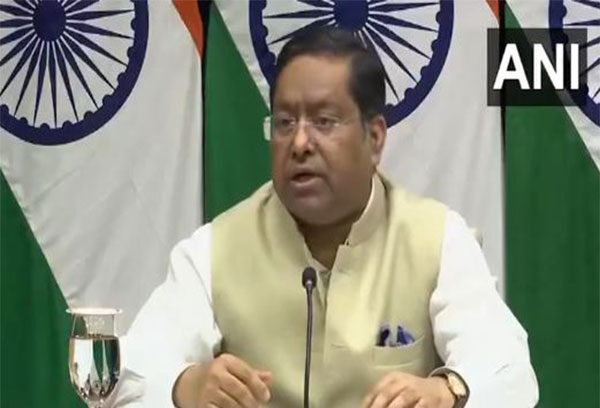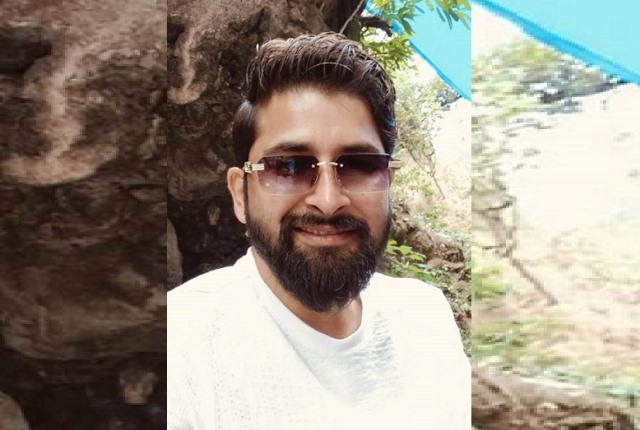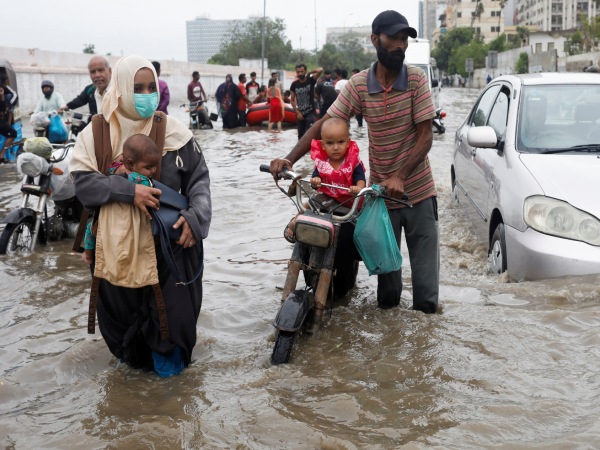Calling India-US ties a “very special relationship”, United States President Donald Trump affirmed that he and Prime Minister Narendra Modi would always be friends, asserting that there is “nothing to worry about”.
However, he expressed displeasure over what “he (PM Modi) is doing” in contemporary times.
When asked by ANI, “Are you ready to reset relations with India at this point?”, US President Trump said, “I always will. I’ll always be friends with (PM) Modi. He’s a great Prime Minister. I’ll always be friends, but I just don’t like what he is doing at this particular moment. But India and the United States have a very special relationship. There is nothing to worry about. We just have moments on occasion”.
In another question by the media regarding the progress of trade talks with India and other countries with which the US has yet to reach a deal, Trump stated that the deals are going well. However, he expressed displeasure over the recent fines imposed upon Google by the European Union.
Trump said, “They are going great. Other countries are doing great. We are doing great with all of them. We’re upset with the European Union over what’s happening with not just Google but with all of our big countries”.
Trump had sharply criticised the EU in a series of posts on Truth Social for its whopping USD 3.5 billion fine on American tech giant Google, calling it unfair and saying his administration would not allow the ‘discriminatory action’ to stand.
The European Commission (EC) announced on Friday a fine on Google for anti-competitive practices in the online advertising technology (adtech) sector.
Earlier during his interactions with the press, US President Donald Trump also responded to his post on Truth Social, where he called of losing ‘India and Russia to China’, saying that he does not think that has happened.
US President said while responding to a media query by ANI, “I don’t think we have. I’ve been very disappointed that India would be buying so much oil from Russia. I let them know that. We put a very big tariff on India- 50 per cent, very high tariff. I get along very well with (PM) Modi as you know. He was here couple of months ago, in fact we went to the Rose Garden and had a press conference.”
His positive remarks on ties with India come shortly after he had posted a comment on his social media platform Truth Social, stating that the US has “lost Russia and India to deepest, darkest China.”
“Looks like we’ve lost India and Russia to deepest, darkest China. May they have a long and prosperous future together!” Trump wrote.
Earlier, on ties with Washington, the Ministry of External Affairs (MEA) spokesperson underlined the importance of the bilateral relationship during a weekly press briefing on Friday.
“This relationship between the United States and India is very important for us. Both our countries share a comprehensive global strategic partnership, which is anchored in our shared interests, democratic values and robust people-to-people ties,” Randhir Jaiswal said.
“This partnership has weathered several transitions and challenges. We remain focused on the substantive agenda that our two countries have committed to, and we hope that the relationship will continue to move forward based on mutual respect and shared interests,” he added.
He also affirmed that India “continues to remain engaged with the US side on trade issues.” (ANI)
